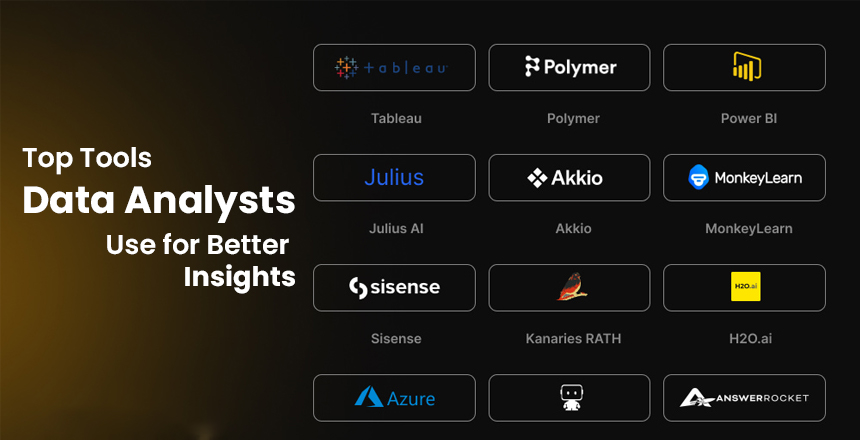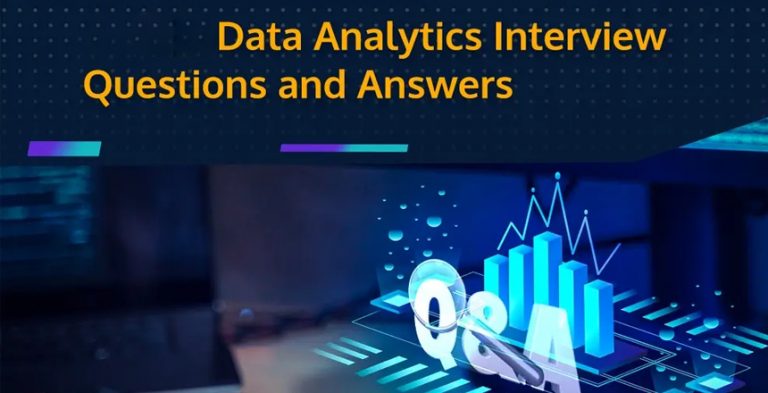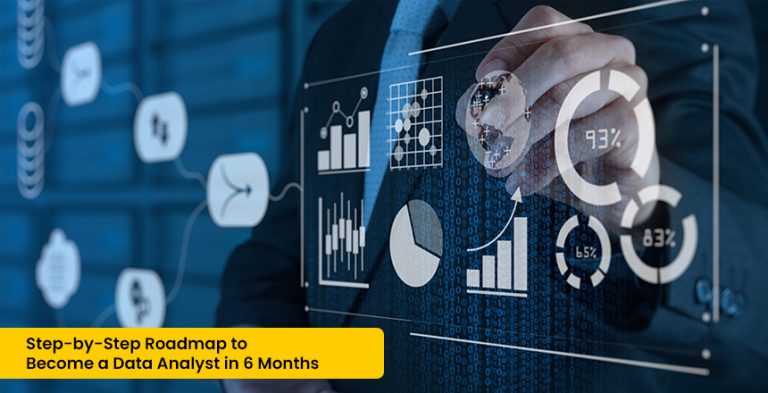In the modern data-driven world, companies are turning more and more to data analysts, who are then able to turn the raw data into actionable data. These professionals act as problem solvers, and this improves decision-making processes, optimises operations and strategic opportunities are discovered. In order to provide accurate conclusions, though, they should have a suitable set of analytical tools. From the approved online computer programs to high-tech business-intelligence environments, these instruments are essential to the growth of a successful analytics profession.
Here, we discuss the key tools that any amateur and professional data analyst should be familiar with to be able to provide more analytical enlightenment and make professional progress.
Microsoft Excel: The Time-tested and Trustworthy One.
Microsoft Excel has survived decades, and it is one of the most flexible tools for data analysis. Pivot tables, charting, conditional formatting, and advanced functions will make Excel a very useful tool for beginners and experienced professionals. It allows analysts to quickly analyse data sets, summarise data and present trends visually.
To a person who attends a local computer-training school or online computer course, the acquisition of skills in using Excel can often be the first step in acquiring high-level analytical skills. Its portability and a friendly interface make it one of the foundational tools in tools in the analytics toolkit.
The SQL: The SQL The Language of Databases.
Relational database management is built on Structured Query Language (SQL). SQL is used to query, filter, and manipulate large volumes of data by the data analyst. Whether working with customer records, sales transactions or inventory inventories SQL will provide the analyst with the power to productively draw useful insights.
The wide range of organisations (including start-ups and multinational companies) demands that analysts be knowledgeable about SQL. Therefore, by enrolling on a local computer-training institute that offers SQL modules, or any online course in computer that grants certification, job candidates will be able to have a competitive edge.
Python: The Workhorse of Data Analysis.
Python has become the language of choice among data professionals in a short period of time. The breadth of its analytical applicability is made possible by its efficiency and the broad ecosystem of libraries, which makes it invaluable to analytics. Popular packages like Pandas, NumPy, Matplotlib, and Scikit-learn allow analysts to manipulate, analyse statistical data, machine learn and visualise data with amazing efficiency.
Even though a properly designed digital marketing course in an area might not cover Python specifically, more specialised analytics programs and online computer and technology courses also place significant emphasis on the language. Python has also been appealing to job seekers due to its wide scope of use as an analytical and automation tool.
R Programming: Statistical Workhorse.
Another necessary tool is R, especially for statisticians and research analysts. It is known to be robust in the area of statistical modelling and visualisation. R also makes it easier to work with more complicated data, as well as to develop more advanced visualisations, with packages such as ggplot2 and dplyr.
Provided that one wants to find a computer-course institute where research-based analytics are focused on, it is better to make R a top learning priority. There are many academic institutions and data-intensive industries using R both in predictive modelling as well as in experimental research.
Tableau Data to Visual Storytelling.
Tableau is one of the most powerful tools of data visualisation. It enables the analysts to develop interactive dashboards and business-ready reports requiring less code. Tableau simplifies the process of making fast decisions grounded in actionable insights by providing complex data in a simple format.
Students who are enrolled in an online computer course and have an online certificate in data analytics often see Tableau as an inseparable part of their course, and employers rightly appreciate a graduate who can tell a good story with raw numbers.
Power BI: Corporate World Business Intelligence.
Power BI, developed by Microsoft, has emerged as the leading data visualisation and business intelligence tool. Power BI has become a solution of choice in corporate settings with its ability to offer real-time reporting and easy integration with Microsoft Excel, and its strong cloud connectivity potential.
In order to make a decision that is deemed to be the most appropriate in terms of the computer training institution in their area, one can choose a program that includes Power BI training. Such a choice not only strengthens analytical skills but also increases employment opportunities in a business environment as well.
Google Analytics: Must-have Marketing Data.
Google Analytics is considered by digital marketers and web analysts as an invaluable tool. It is organised to capture the traffic of the website, user behaviour and the conversion rates, hence proving to be a key pillar to online business.
Students who are undertaking a digital marketing course program, both online and in and around their area, often get exposed to Google Analytics as part and parcel of the course. This tool allows combining data analysis results with the marketing approach, a sphere that is becoming more important and broader.
SAS: Predictive modelling and Advanced analytics.
SAS enjoys a reputable status in industries like the health care, finance and scientific research. Acclaimed to have predictive analytics, machine-learning, and data management capabilities, SAS is an exclusive analytical platform that aids advanced, high-level research.
Potential workers who complete a special computer certificate programme or an advanced training program to become accredited to SAS tend to secure good-paying jobs in data science and business analytics.
Apache Spark: Processing Big Data in an Efficient Way.
Apache Spark takes a dominant position in terms of big data processing. It performs massive data-set tasks on distributed computing facilities at astounding rates, making it especially applicable to industries that face mass analytical problems.
Students considering further online computer science would appreciate learning to use Spark since its mastery is an impressive source of competitive edge in the job market that is shifting towards large-scale solutions.
Jupyter notebook: Learning and exploration.
Jupyter Notebook is an open-source application that is a popular platform that incorporates code, data visualisation and documentation in one interface. The platform is especially beneficial to both students and professionals who may be involved in active project development or analytical experimentation.
Schools offering training in computer usage near the reader often use Jupyter in their programs to equip students with instantaneous coding and reporting skills. In addition, the tool has gained a wide-scale usage in the fields of academic teaching and research.
Reasoning Why to Master such Tools.
Mastery of such best analytical tools will prepare future analysts with the necessary ability to deal with the complexities of the real world. With the further transition of industries to data-driven approaches, employers are showing a strong bias towards applications with practical experience in Excel, SQL, Python, R, Tableau, Power BI, and similar applications.
Whether that person takes an online course in computers that provides a certification or it is through training in one of the foremost computer institutes in the area, the knowledge of these tools provides a solid base on which an individual can build a successful career. Furthermore, the skills in these platforms open the door to expert roles, such as SEO analyst, data strategist, business intelligence consultant, and marketing analyst, and in this way, the skills have value in different fields.
Conclusion
The future of data analytics is directly connected with the prudent use of technology. Excel, SQL, Python, R, Tableau, Power BI, Google Analytics, SAS, Apache Spark, and Jupyter Notebook are some of the platforms that allow analysts to derive, interpret, and communicate data insights in a way that is easy to digest.
To students and professional people, choosing a good computer education institute within the distance of the learner or taking an online course that is career-oriented, with certification being a part of the course, is therefore the first step towards becoming competent in such tools. With the rise of the industrial environment, the need for skilled analysts is going to grow, and the employment avenue will be a good alternative to those who seek financial freedom and professional opportunities in different regions of the world.








